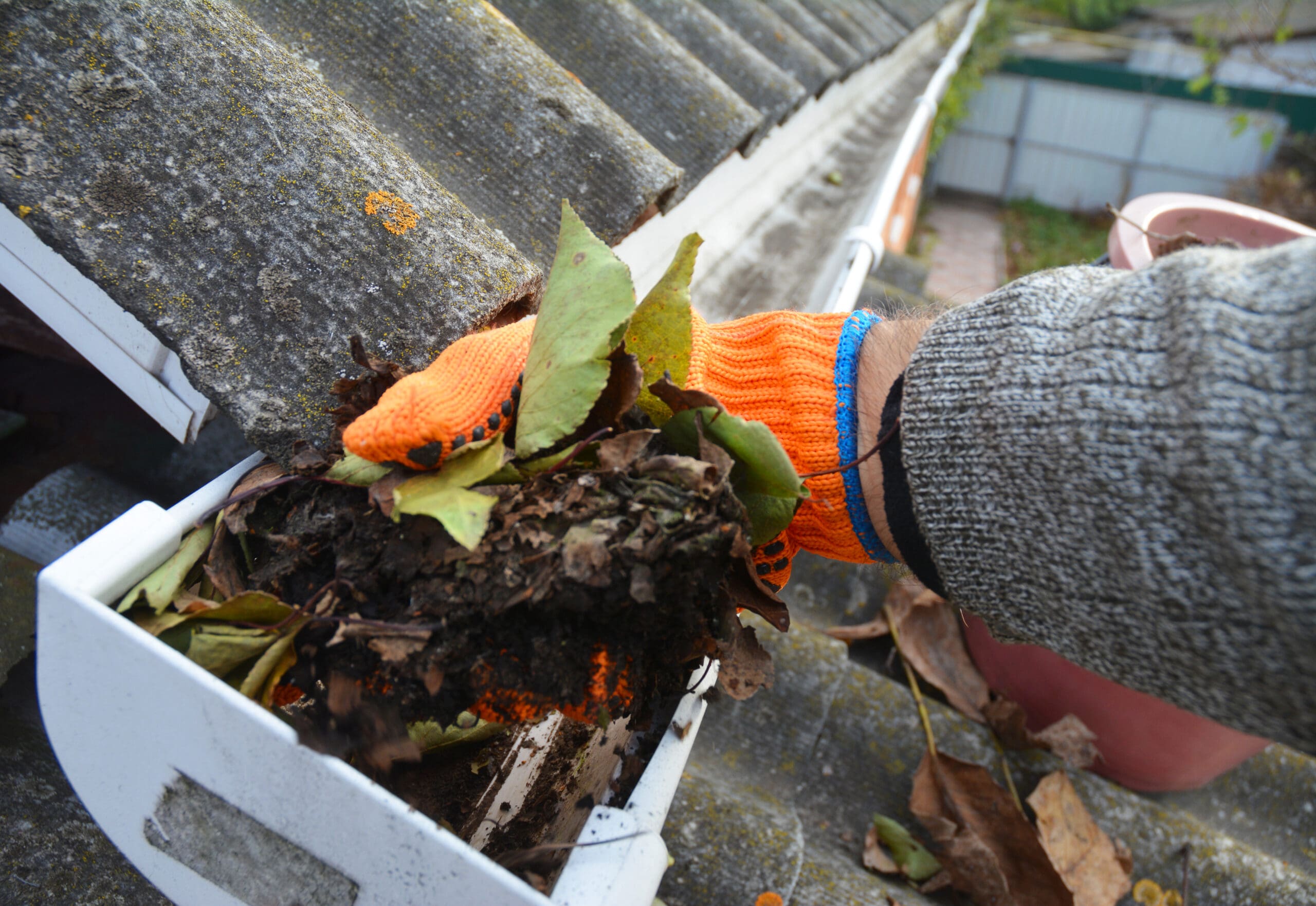
Winterizing Your Home: Essential Tips for a Cozy and Efficient Winter
As winter approaches, preparing your home for the colder months is essential for both comfort and energy efficiency. Winterizing your house not only helps keep you warm but also saves on energy bills. Here are some practical tips to winterize your home effectively.
1. Seal Drafts and Air Leaks: Inspect your doors, windows, and other openings for drafts and air leaks. Seal gaps with weatherstripping or caulk to prevent cold air from entering and warm air from escaping. You can also use draft stoppers at the bottom of doors to block drafts.
2. Insulate Your Home: Proper insulation in your attic, walls, and basement is crucial for maintaining a comfortable indoor temperature. Consider adding or upgrading insulation if necessary. Insulated curtains or blinds can also help retain heat indoors.
3. Service Your Heating System: Schedule a professional inspection and maintenance of your heating system before winter. This ensures it operates efficiently and reduces the risk of breakdowns during the cold season. Replace air filters regularly to improve airflow and energy efficiency.
4. Program Your Thermostat: Invest in a programmable thermostat or use the features on your existing one to optimize heating. Lower the temperature while you’re away or sleeping and raise it when you’re at home and active. This helps conserve energy and reduce heating costs.
5. Check and Clean Chimneys and Fireplaces: If you have a fireplace or wood-burning stove, have it inspected and cleaned by a chimney sweep. Ensure the damper closes tightly when not in use to prevent drafts. Use a fireplace screen to keep warm air from escaping up the chimney.
6. Service Your Plumbing: Protect your pipes from freezing by insulating them in unheated areas like the attic or crawl spaces. On extremely cold nights, let faucets drip to prevent pipes from freezing and bursting. Consider adding heat tape to vulnerable pipes.
7. Clean Gutters and Downspouts: Remove leaves, debris, and ice dams from your gutters and downspouts. This helps prevent water from backing up and causing damage to your roof or siding.
8. Trim Trees and Shrubs: Overhanging branches laden with snow and ice can pose a risk to your home during winter storms. Trim them back to prevent potential damage to your roof or windows.
9. Inspect and Maintain Exterior: Check your home’s exterior for any damaged or missing shingles, siding, or insulation. Repair any issues to maintain the integrity of your home’s envelope.
10. Stock Up on Winter Supplies: Be prepared for winter emergencies by stocking up on essentials like rock salt or ice melt, snow shovels, and emergency heating equipment. Keep these supplies easily accessible.
11. Reverse Ceiling Fans: Change the direction of your ceiling fans to clockwise to redistribute warm air that rises to the ceiling. This can help keep rooms warmer and reduce heating costs.
12. Consider a Home Energy Audit: If you’re unsure where your home is losing energy, consider a professional home energy audit. This can identify areas that need improvement and help prioritize winterization efforts.
By taking these steps to winterize your home, you can enjoy a warm and cozy environment while reducing energy consumption and lowering utility bills. Winterizing your house not only enhances comfort but also contributes to a more sustainable and cost-effective home.